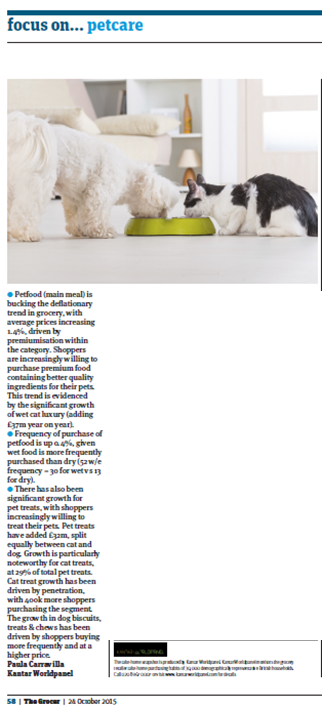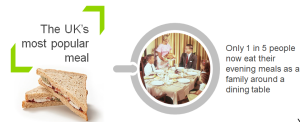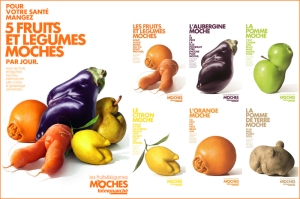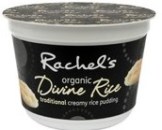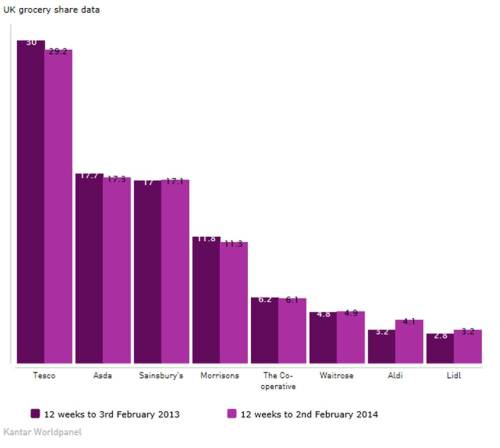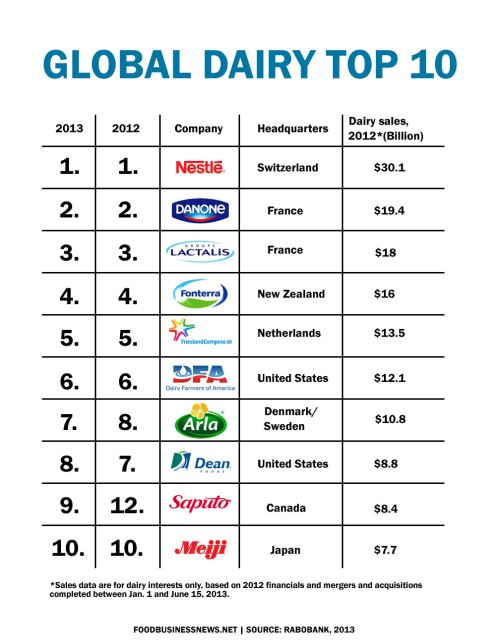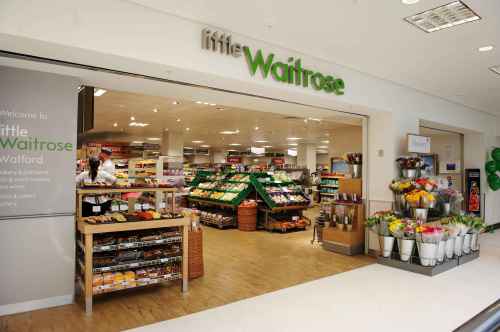I’m quite curious about the Superfood concept. If people are paying £20 for a bag with powder seeds I would like to know “why”. I’ve loved the Wikipedia definition of “Superfood is a marketing term used to describe foods with supposed health benefits”
As one day BIO denomination was controlled by EU legislation, now it’s the turn of the Superfood term. The new legislation has banned the use term superfood unless it is accompanied by a specific authorised health claim that explains to consumers why the product is good for their health.
Some say superfoods can protect against cancer and heart disease, but others say there is no evidence for this.
Anyway if we check ACNielsen data we can understand that it’s a very prosperous business. Blueberries, Spinach, Salmon, Green tea or Soy are some of the “superfood” products that they have doubled the sales in the past year.
But I’m really interested on the benefits of the seeds. Companies such as Linwood are growing thanks to the superfood products.

There is only one way to derive nutrition from seeds and that is to eat them raw because when they are exposed to heat, they produce toxic substances. Following you can find a TOP 10 seeds:
1) CHIA SEEDS
2) HEMP SEEDS: aminoacids and high protein percentage
3) POMEGRANATE SEEDS: antioxidants
4) FLAX SEEDS: suppresse rises in blood levels of lipids after a meal and modulate appetite and reduces cholesterol.
5) PUMPKIN SEEDS: rich in proteins
6) APRICOT SEEDS: contain vitamin B17 that attacks cancer cells
7) SESAME SEEDS: source of manganese and copper
8) SUNFLOWER SEEDS: contain Vitamin E
9) CUMIN SEEDS: are useful for digestive disorders and even as an antiseptic
10) GRAPE SEEDS: have a great concentration of vitamin E, flavonoids, linoleic acid and polyphenols
But I will focus in the most trendy and expensive: CHIA SEED
The best of the best, consumption of chia seeds could help reduce joint pain, aid in weight loss, deliver an energy boost and protect against serious ailments such as diabetes and heart disease.
Facts about Chia seeds:
– 2.5 times more protein than kidney beans
– 3 times the antioxidant strength of blueberries
– 3 times more iron than spinach
– 6 times more calcium than milk
– 7 times more vitamin C than oranges
– 8 times more omega-3 than salmon
– 10 times more fibre than rice
– 15 times more magnesium than broccoli
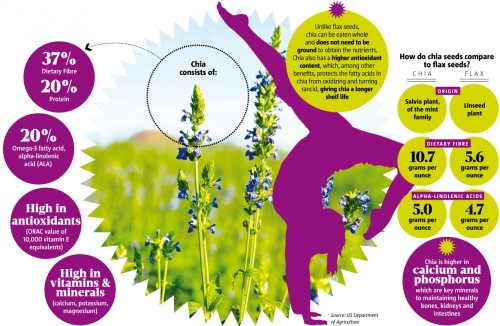
For sure with these facts in front of me I cannot say I’m not going to try it… Unfortunately it will be difficult to check the miracle results.
However Mr Chia seed… you win! I will include you in my diet

